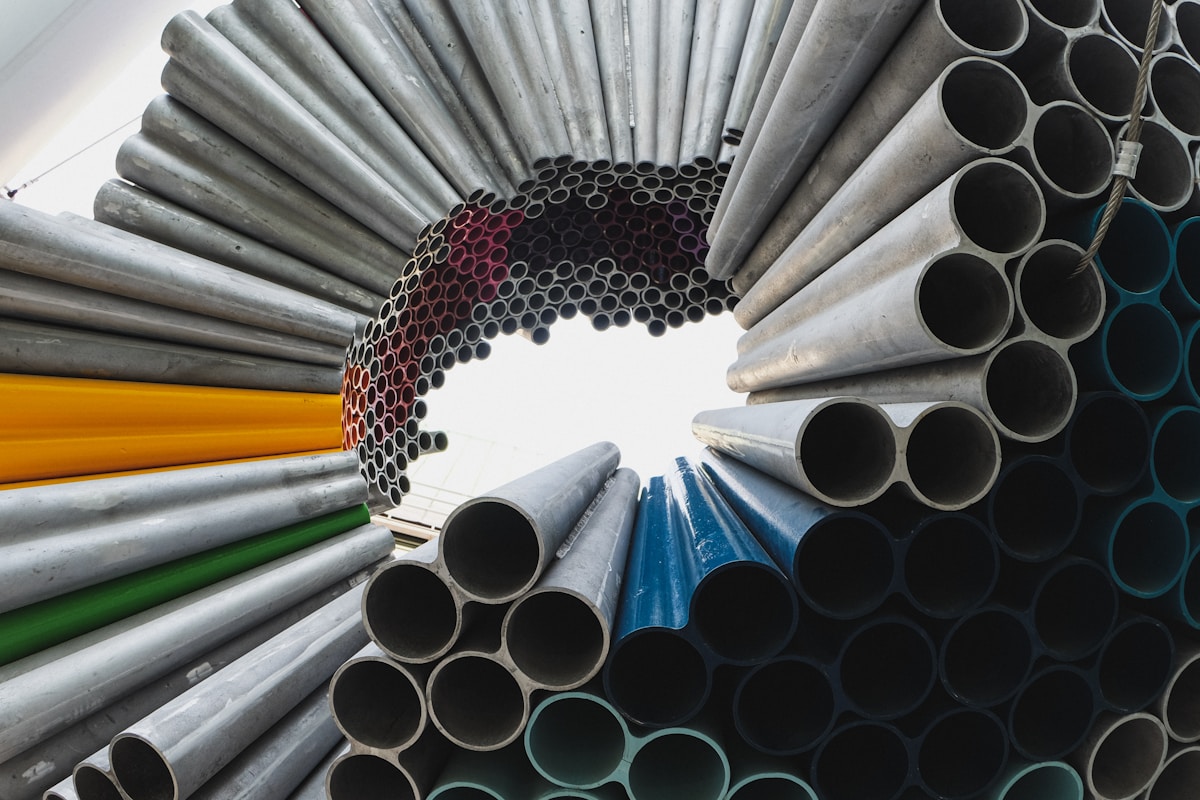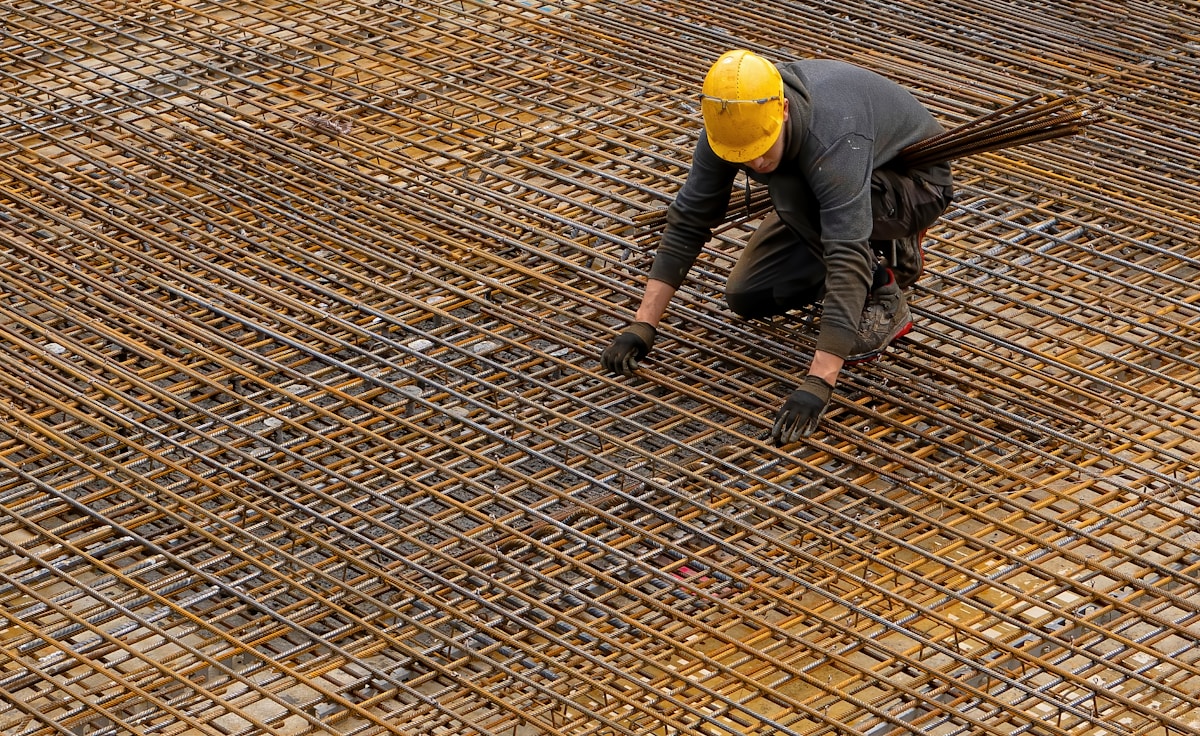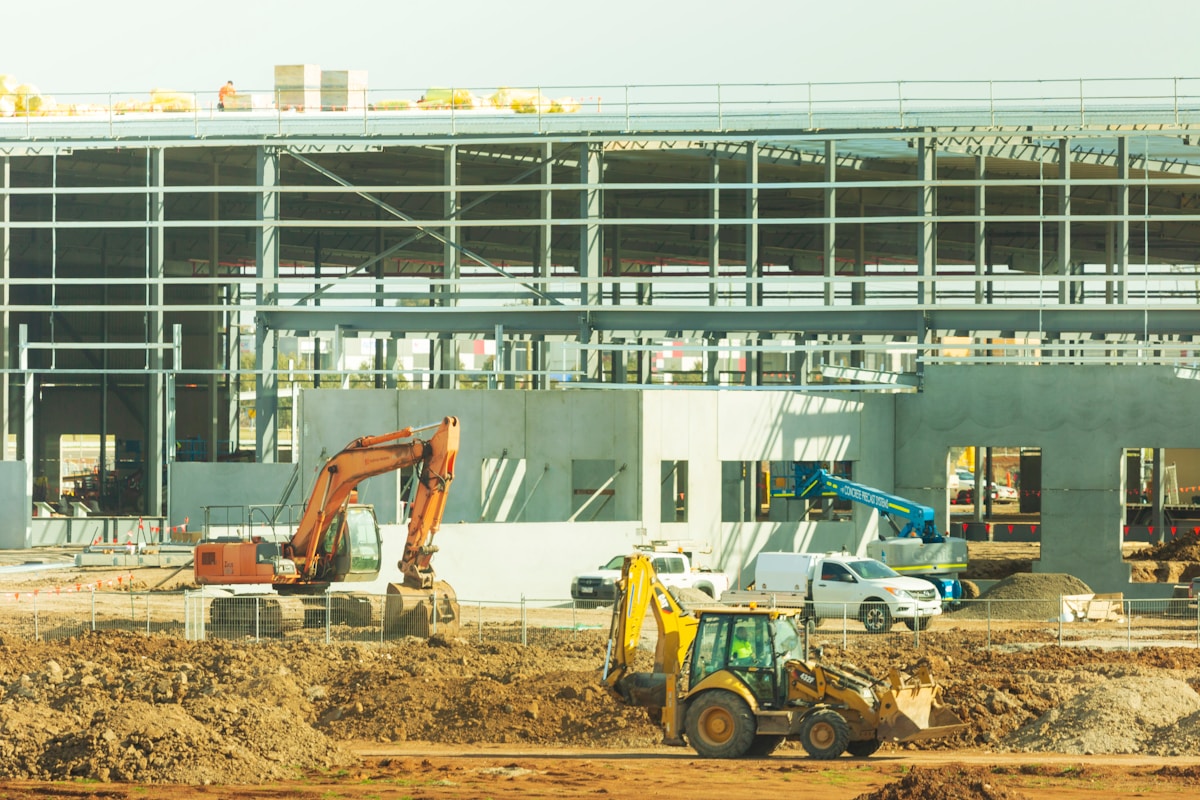Are Steel Prices Going Up?

Will steel prices moon after passage of a key piece of the infrastructure bill?
On Tuesday, the Senate passed the highly anticipated $1 trillion infrastructure package. The bill received bipartisan support as the final vote was 69-30 in favor of passage of the bill.
And this bill includes $550 billion in public works projects such as transportation, broadband, and utilities. Nearly 3 million jobs would be added over the next 10 years.

Democrats have already taken the next step in trying to pass a more aggressive $3.5 trillion infrastructure package. Yesterday, they passed the framework for the bill through a 50-49 party-line vote. It received no Republican support as they believe it is an excessive waste of money that will do more harm than good. Now the Democrats will try to finalize the exact details of this bill to satisfy moderate Democratic senators since they will do this through budget reconciliation.

With one piece of the infrastructure bill already passed, what will happen with steel prices, a key commodity that will be used for public works projects?
Steel prices have already skyrocketed over 400 percent from the pandemic lows due to U.S. manufacturer's growing demand and steel shortages around the country.
Steel mills were slow to resume production coming off the pandemic. But is the infrastructure bill passage one of those “buy the rumor, sell the news” type events and has been priced in?

We know that Biden won the election last November on one of the key points in his campaign, which was promising to build a modern, sustainable infrastructure.
Also note that these public works projects will span several years, rather than a short period. Yes, these projects will increase steel demand, but by the time many of these projects finally get off the ground, supply will have picked up.

The price of steel, like all other commodities, follows an economic theory called the scarcity principle. It states that the price of a good that has low supply but high demand will rise. Eventually, supply will meet demand once mills catch up and prices will eventually come back down when that happens.
Steel prices recently reached highs that have not been seen since 2008. The hot-rolled steel futures contract (HRC) expiring later this month is trading at $1,881/short ton.
However, later expirations for the contract are trading at lower the current futures price, so the futures curve for hot-rolled steel futures holds backwardation.

The shape of the futures curve implies that steel prices will come back down significantly.
In fact, contracts expiring in 2023 and 2024 are trading at $970. Similarly, steel stocks such as Nucor and U.S. Steel Corporation have risen over 200 and 400 percent from the pandemic lows, respectively.
According to Bank of America analyst Timna Tanners, history suggests that steel stock prices tend to peak one month before the underlying. In particular, she mentioned that the U.S. Steel Corporation is most vulnerable to a downturn because it has the most debt and requires a lot of cash to upgrade its plants.
Written by Jay Devon